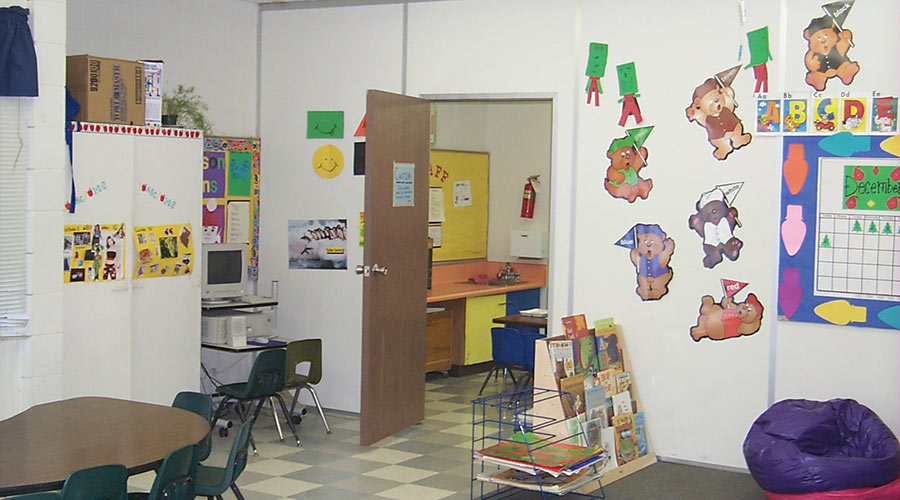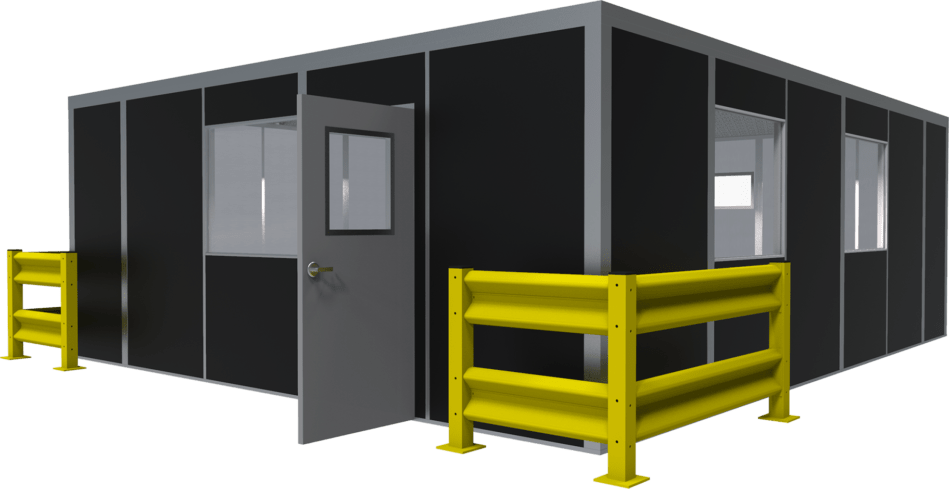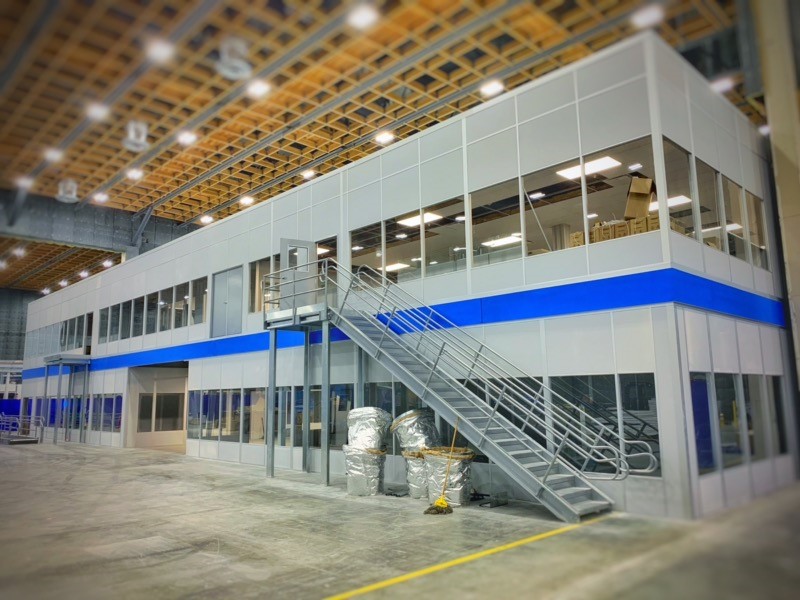As districts grapple with overcrowding, dwindling budgets, and the need for fast expansion, many schools in North America are choosing modular classrooms for their campuses.
When a school needs to add space quickly (perhaps even by the end of summer), modular spaces become an attractive option, as they are low cost and highly adaptable, especially in comparison to traditional construction, which can take years.
By understanding what modular classrooms are and the benefits they provide, schools can make informed decisions about how to best serve their students’ needs and create an optimal learning environment.
What is a Modular Classroom?
A modular classroom is an educational building constructed using prefabricated modules. These are manufactured off-site and then transported to the installation location, where they are assembled. Modular classrooms are designed to meet the same building codes and regulations as traditional classrooms, but they offer greater flexibility and faster assembly.
Design and Construction
The design and construction of a modular classroom involve a few key steps.
The construction process begins with the design phase, where architects and engineers create detailed plans for the classroom modules.
Then, these modules are built off-site in a controlled environment, such as a factory, which allows for improved quality control and quicker production timelines.
Once completed, such modules are shipped to the school site and assembled, usually within a few days.
Modular classrooms can use a range of materials to build a structure that is both reliable and functional. Here are a few materials we use at Allied Modular.
Wall Finishes:
- Gypsum Vinyl: This surface material is both smooth and strong; it is also easy to clean, which may be beneficial in classroom environments prone to messes.
- Steel Coated: These finishes are both durable and non-combustible, which improves fire safety, protecting students and staff.
- Plastics/FRP (Fiberglass Reinforced Plastic): FRP is corrosion-resistant and low-maintenance; it is especially suited for areas prone to moisture.
Framing:
- Aluminum Framing: Aluminum is lightweight yet strong, providing structural integrity without adding excessive weight.
Panel Cores:
- Polystyrene (Standard): This core material is lightweight and has good insulation properties.
- Polyisocyanurate: Known for its insulation and fire resistance; this material improves both safety and energy efficiency in classrooms.
- Honeycomb: Honeycomb panels are exceptionally strong, while still staying lightweight.
Modular classrooms can come in various designs, depending on the needs of the school. They can be single-class structures, or they can be multi-class structures that include offices and other facilities.
To explore how modular classrooms can meet your specific needs, get a free quote from Allied Modular today.
Modular Classroom Benefits
Modular classrooms provide several benefits over traditional construction that make them an especially good option for schools.
Low Cost Construction
Modular classrooms are generally cheaper to build than traditional classroom buildings. This is due to several factors. Since modular buildings are prefabricated in a factory beforehand, waste is minimized, and such production also allows for buying materials in bulk, further bringing down costs. Prefabrication off-site is faster, and therefore requires less labor. All these factors can lead to significant savings for schools.
Faster Construction Times
As we mentioned above, modular buildings can be built and delivered much quicker than traditional ones. Schools can have new classrooms ready in just a few weeks, without disrupting the academic calendar. This is especially helpful for schools facing overcrowding or needing additional space for summer programs.
Flexibility and Reconfiguration
These classrooms also allow for incredible flexibility. Schools can easily expand or reconfigure the space as their needs change and evolve. Adding or removing modules doesn’t require major structural changes, and this gives schools the freedom to adapt to fluctuations in enrollment.
Eco-friendly
The modular construction process is much more environmentally friendly than traditional methods. Prefabrication in factories can significantly reduce waste. Furthermore, the ability to relocate or reuse modules lessens their environmental impact. They are a green product and can be “recycled,” so to speak.
The Bottom Line
The education sector is increasingly recognizing the value of both temporary and permanent modular classrooms. These spaces are a practical solution for schools that need additional space fast. Given their low cost, quick set up, short construction times, and flexibility, they are becoming the obvious choice for educational environments.





